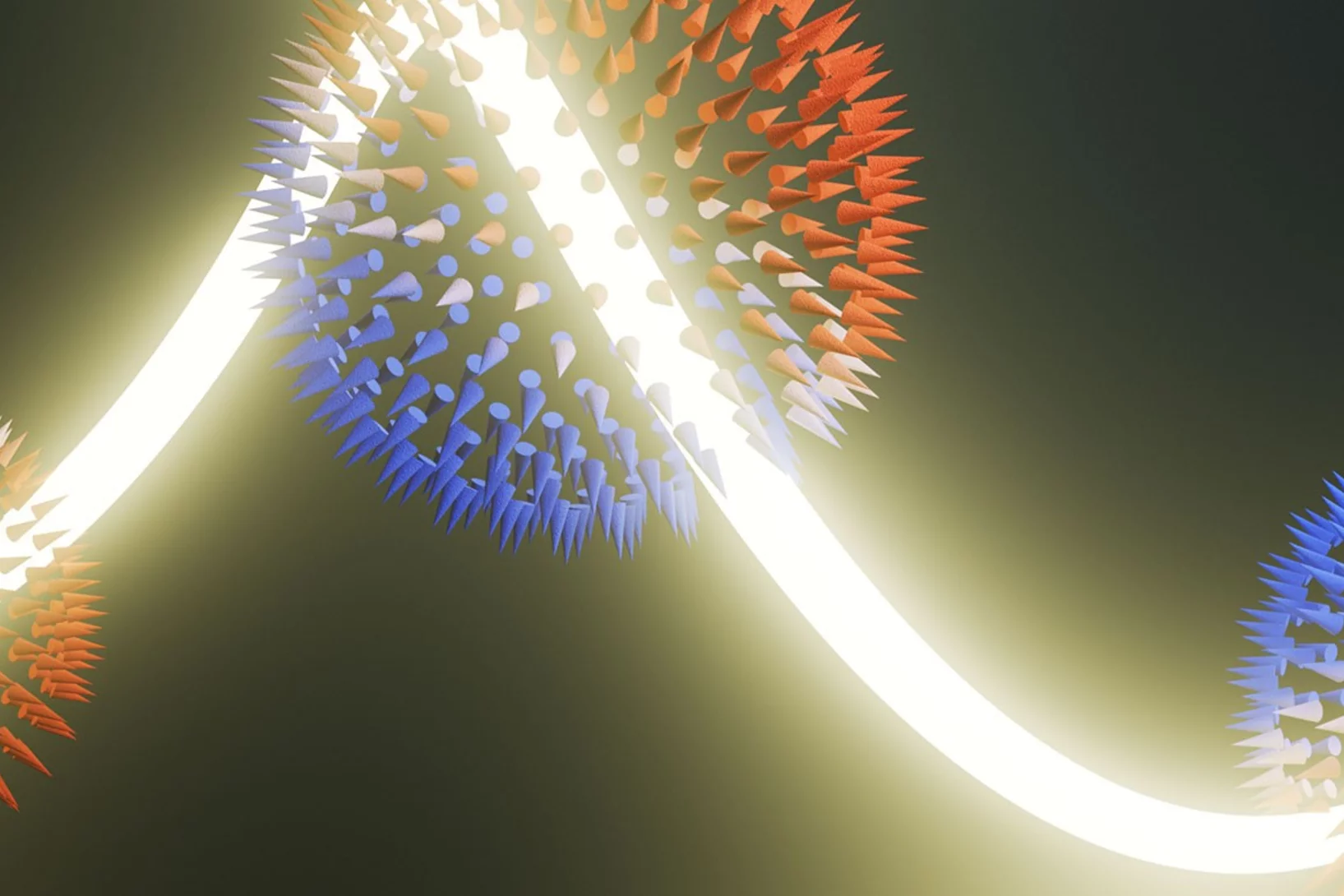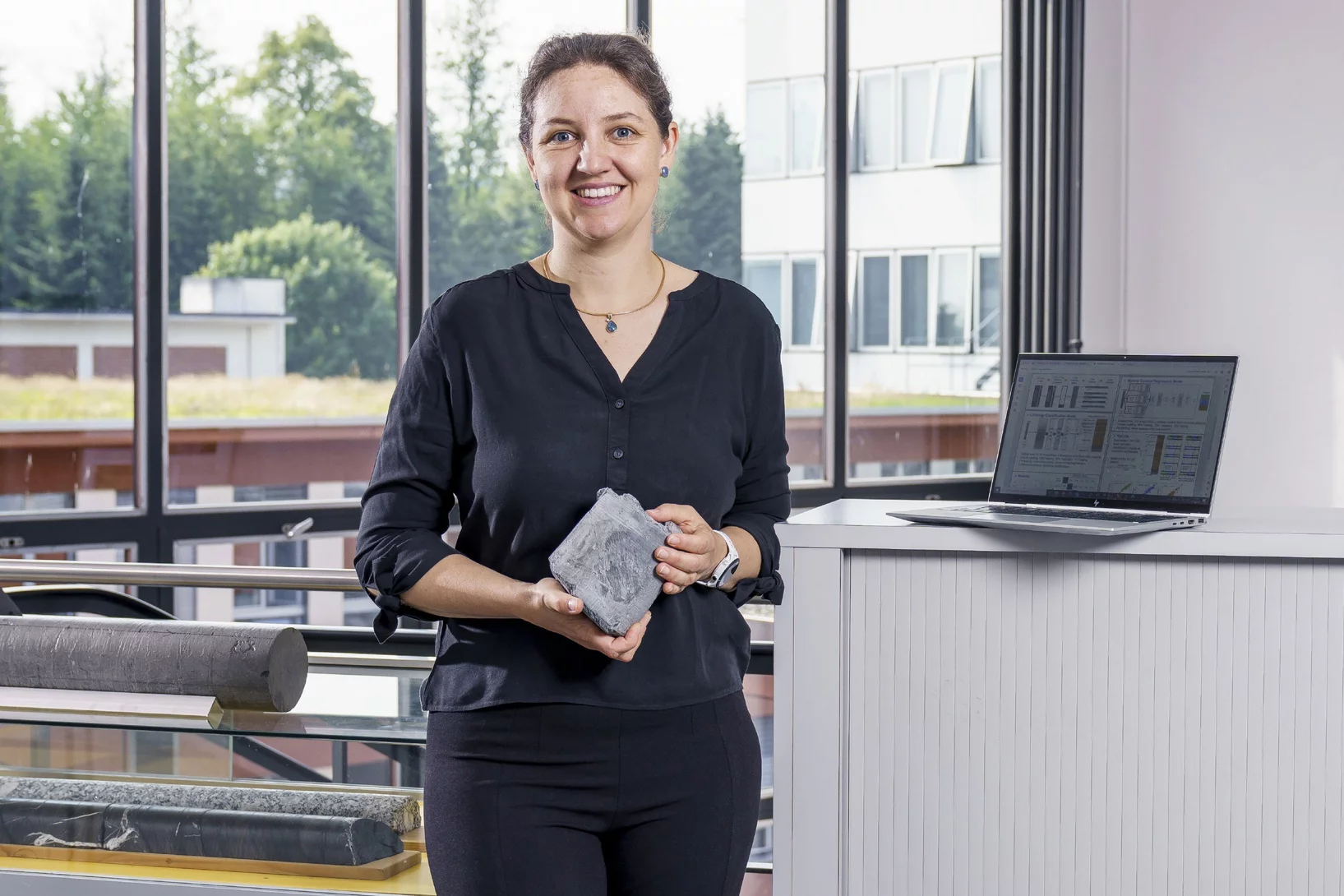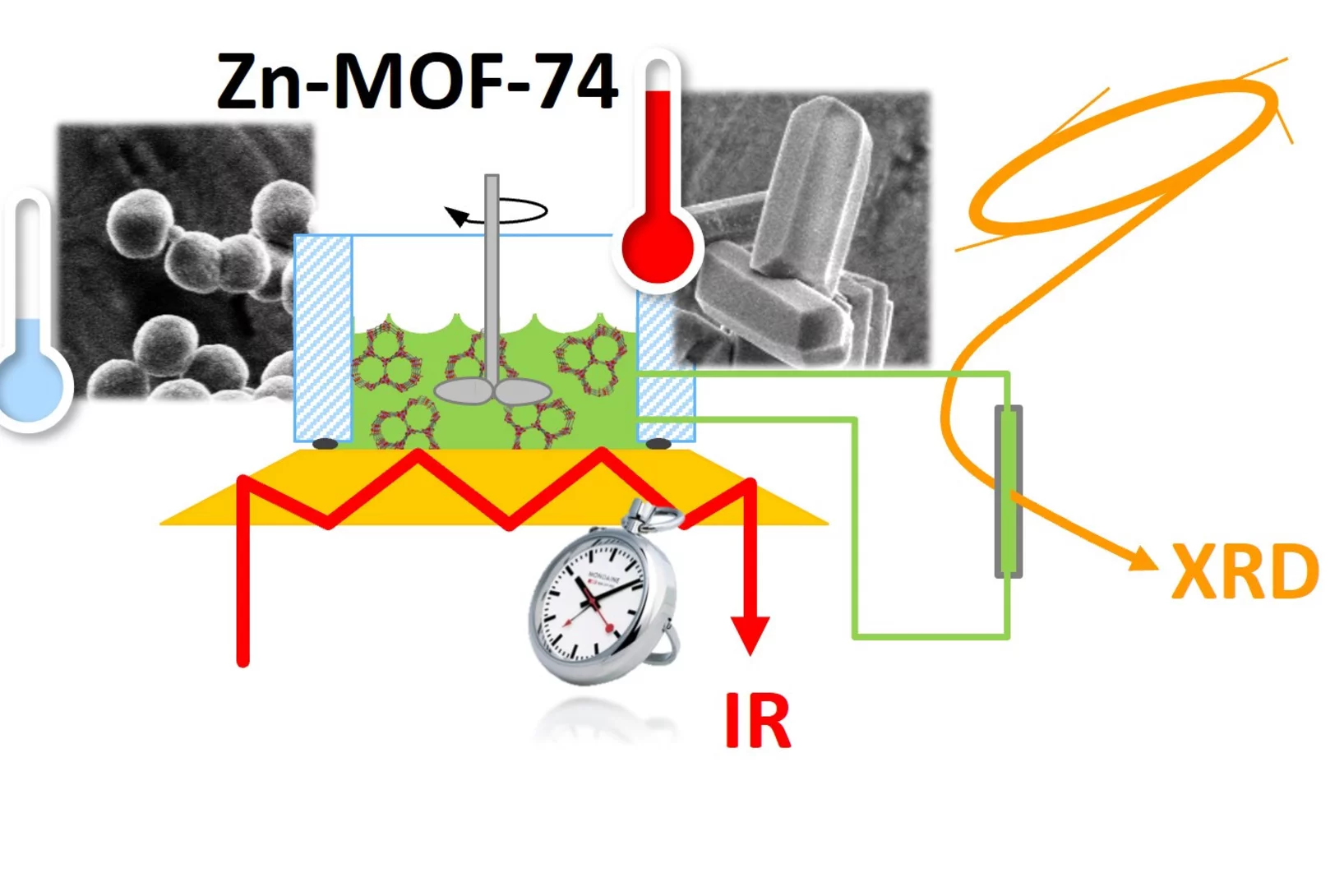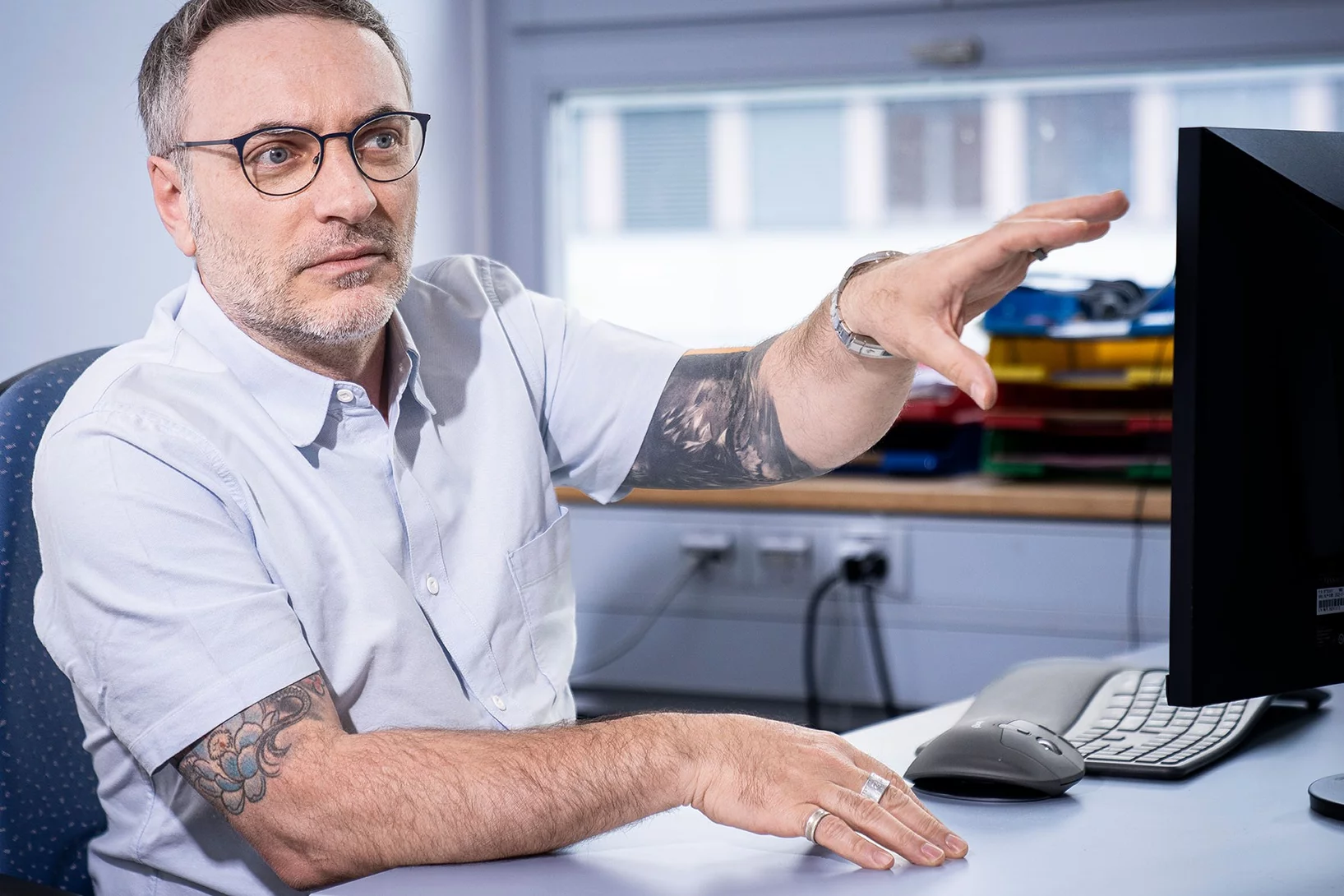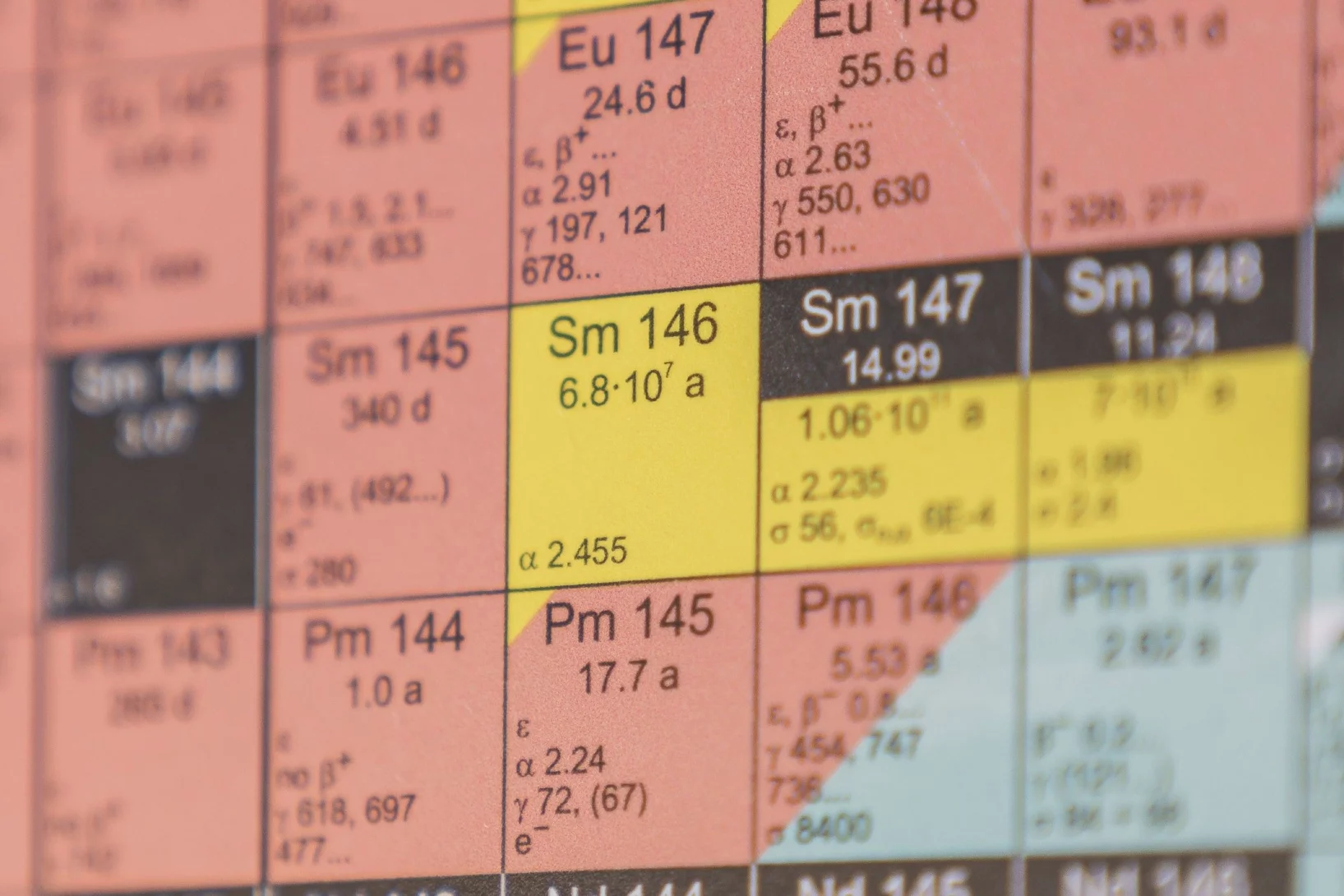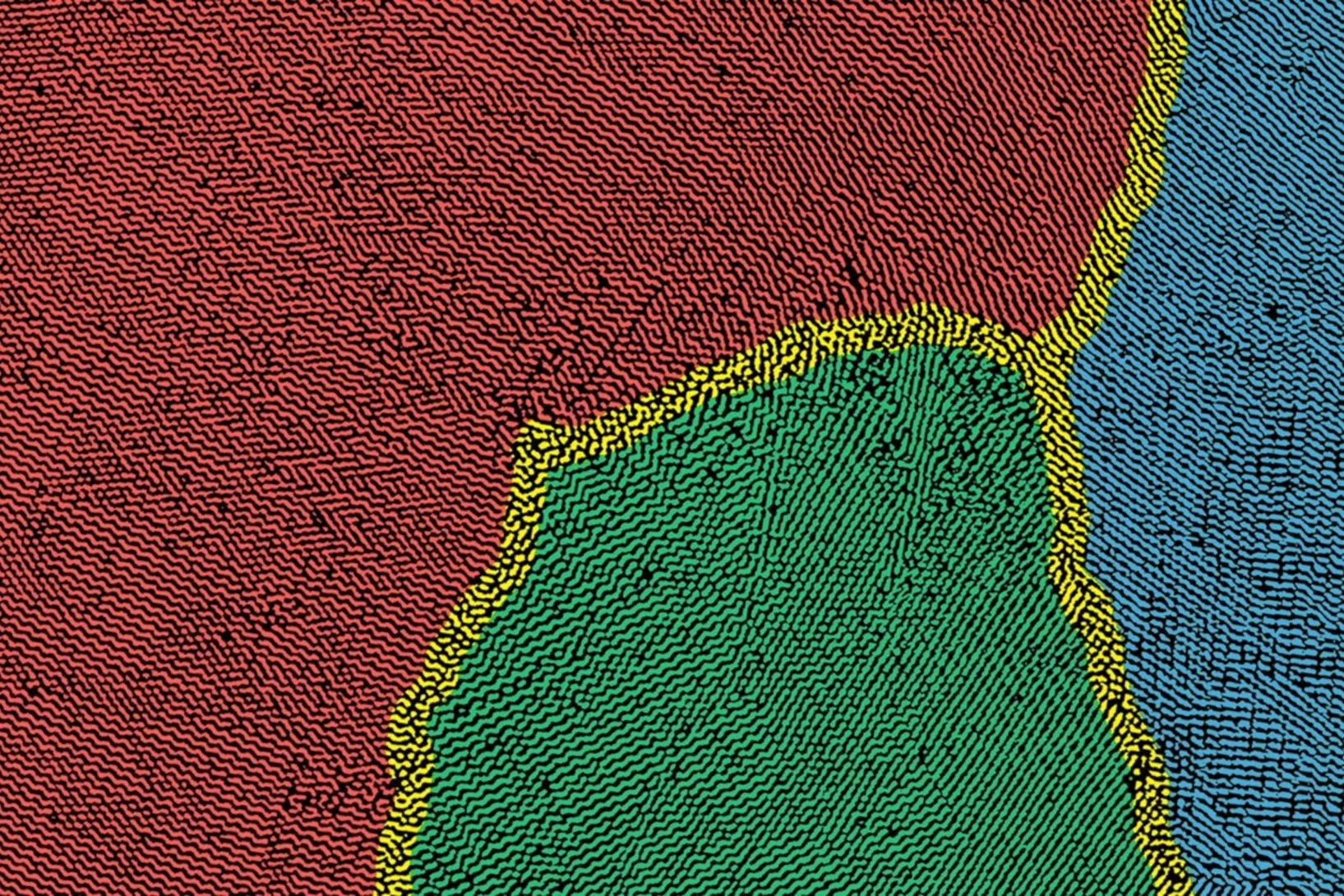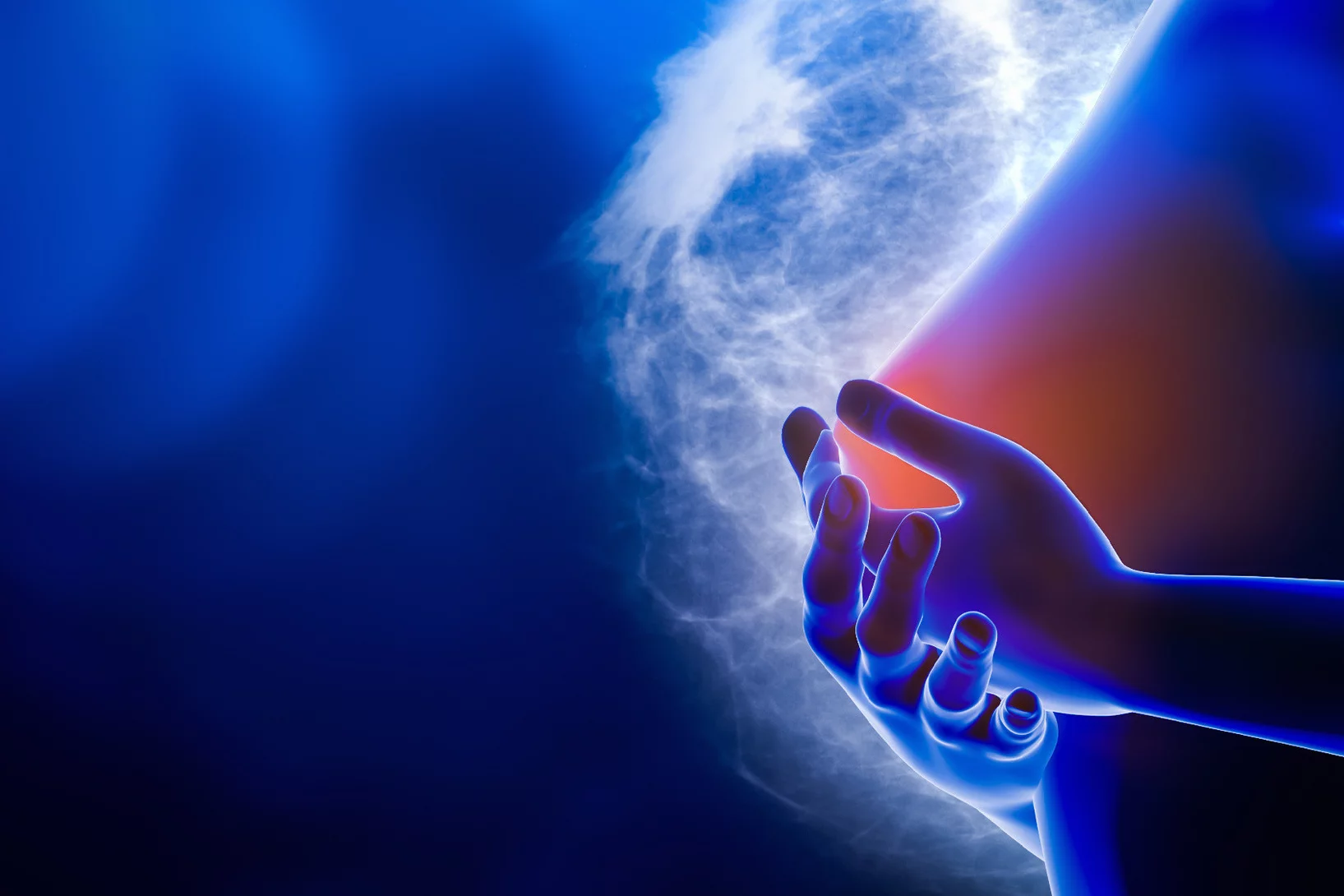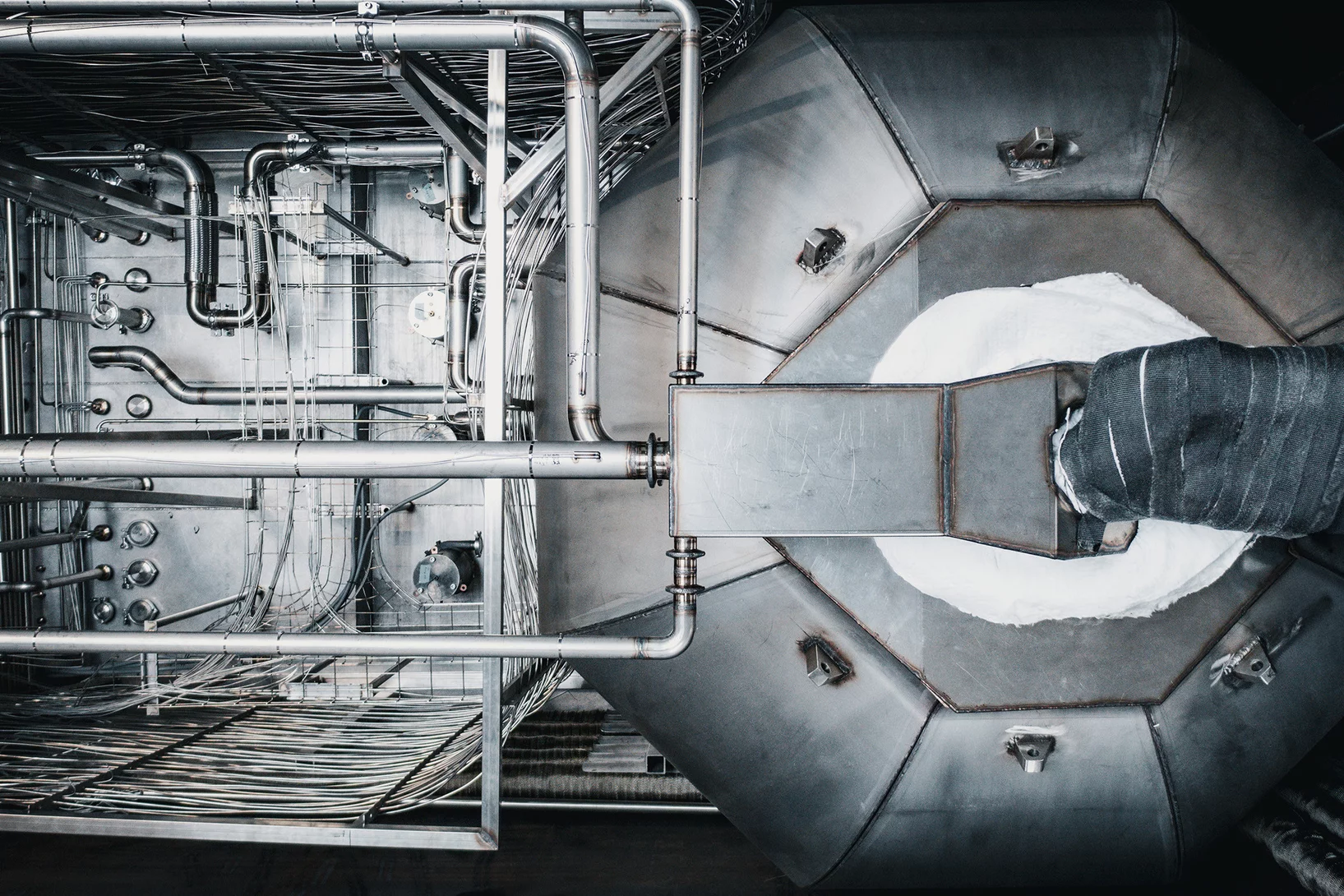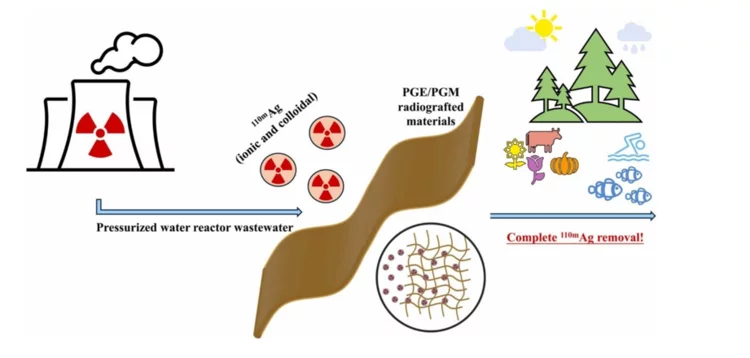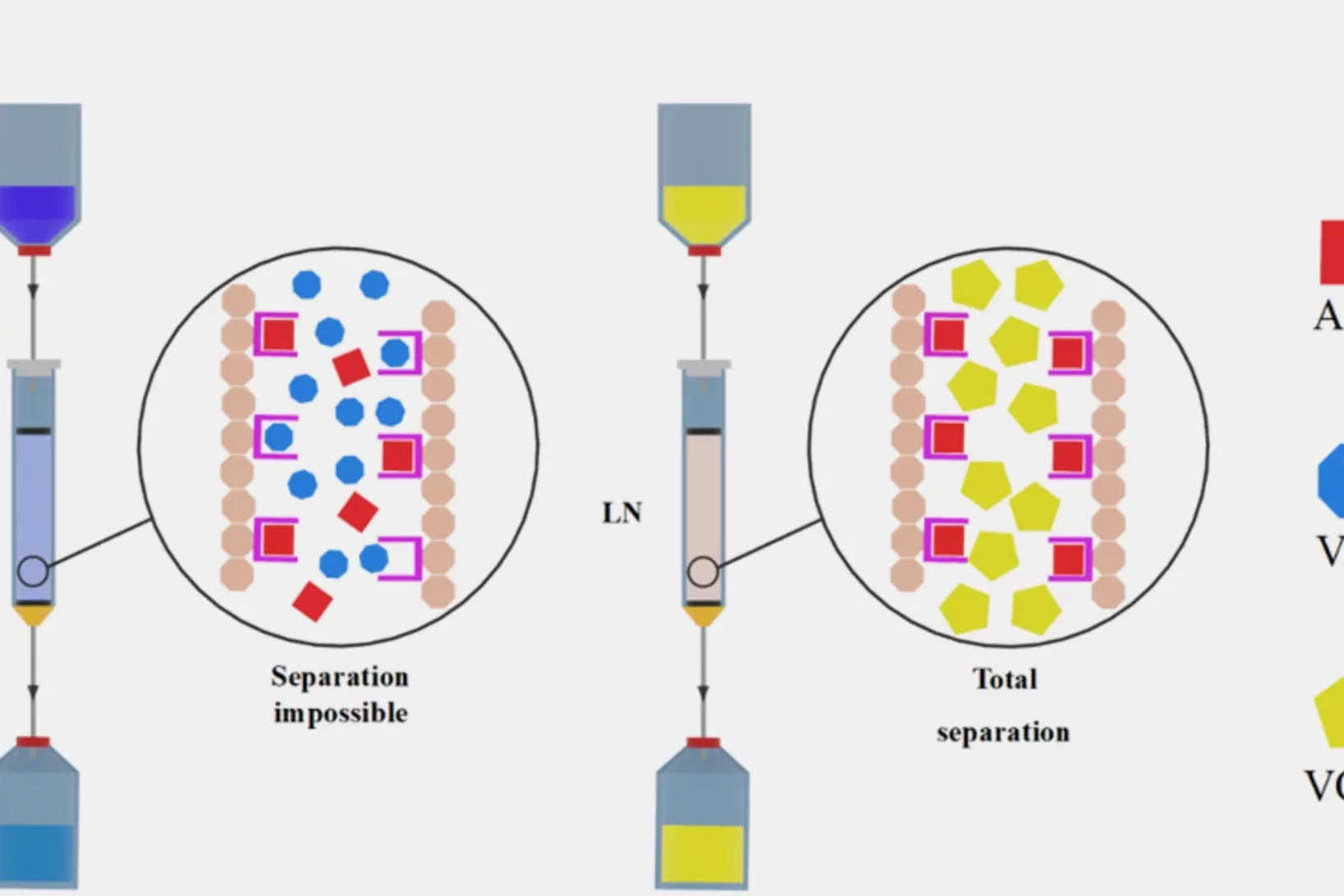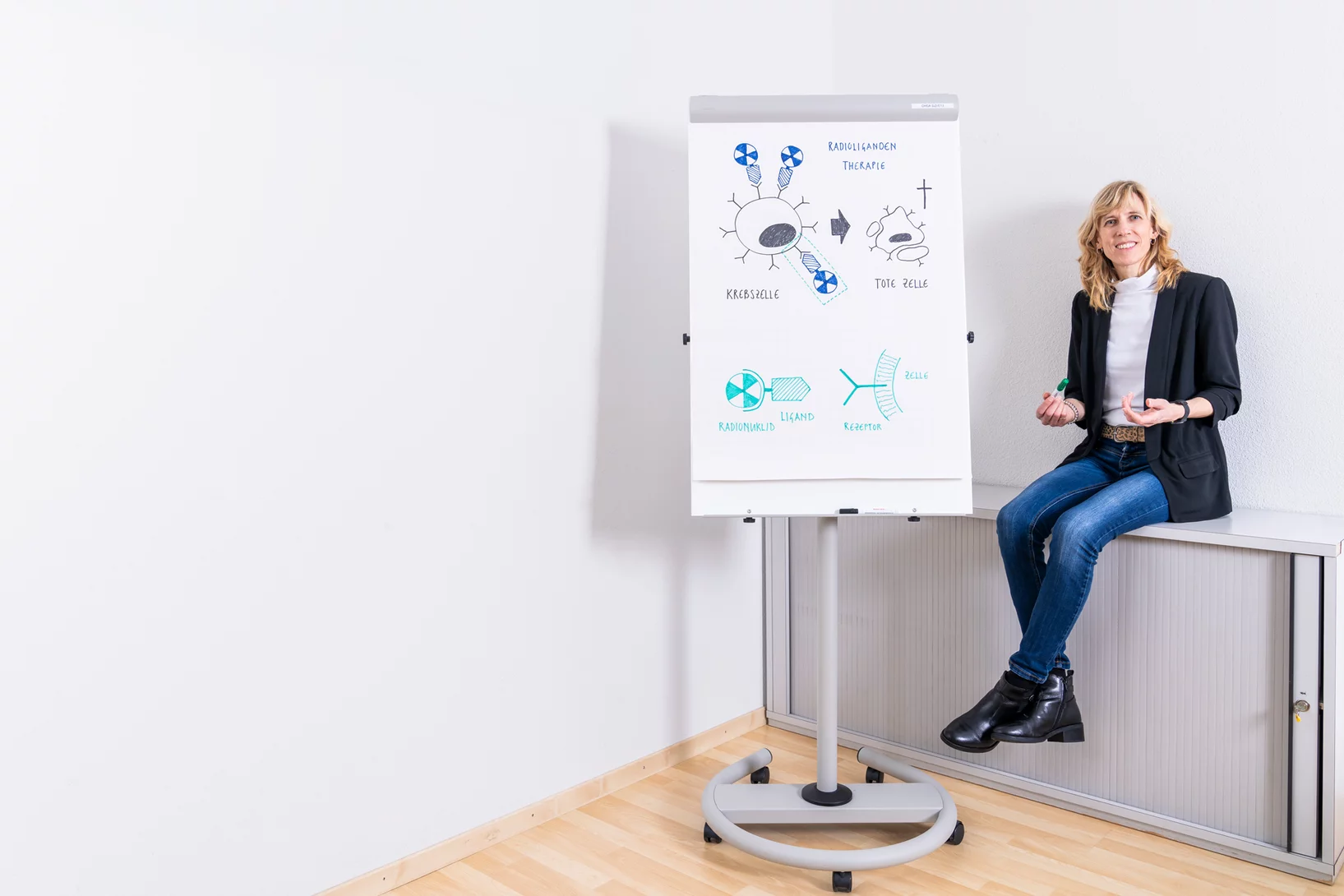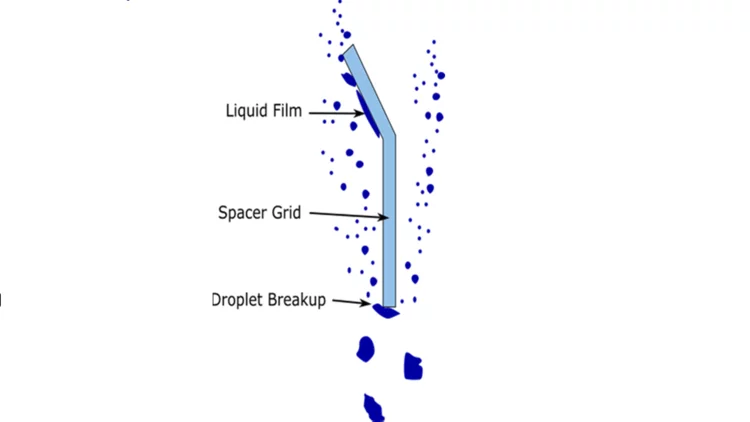60 years of the Hotlab
Switzerland’s longest-running nuclear facility, located at PSI, is celebrating its anniversary today.
A complex promise
There’s more to climate-neutral aviation than just reducing emissions during flights. A PSI study analyses what is needed to achieve this long-term goal.
Master of the flow
Even as a student, Athanasios Mokos was excited by the dynamics of fluids. Today at the Paul Scherrer Institute PSI, he models complex processes such as the formation of deposits on reactor fuel rods.
Orbitronics: new material property advances energy-efficient tech
Discovery of orbital angular momentum monopoles boosts the emerging field of orbitronics, an energy-efficient alternative to electronics.
Artificial intelligence explores the underground
The properties of geological units are determined using images of drill cores.
Fast as a plane, clean as a train
In a collaboration across Switzerland, researchers have evaluated the potential environmental impacts of so-called hyperloop systems.
Uncovering the secrets of rapid and green metal-organic framework synthesis
Using ATR-IR spectroscopy and high-energy XRD, we have studied the mechanism of ambient temperature aqueous synthesis of Zn-MOF-74. Starting from the need to change Zn precursor to disentangle signals in ATR-IR spectroscopy, we also developed a rapid synthesis of Zn-MOF-74 with Zn perchlorate.
“Magic” element challenges current model of nucleosynthesis
Surprising measurements lead to the discovery of an unknown process.
Uniquely precise: New value for the half-life of samarium-146
Researchers at PSI and the Australian National University have re-determined the half-life of samarium-146 with great precision.
Digitalisation: a blessing for the energy transformation
Researchers at PSI have calculated the influence of digitalisation on energy consumption.
Nanoimaging Reveals Topological Textures in Nanoscale Crystalline Networks
X-ray nano-tomography reveals collective behavior in synthetic self-assembled nanostructures. The new method opens opportunities for the synthesis of photonic and plasmonic materials with improved long-range ordering.
Breast cancer classification using AI
Researchers at PSI and MIT are developing a new approach, which combines imaging and artificial intelligence to improve the staging of breast cancer.
Protein droplets likely don’t cause Parkinson’s
Study deepens our understanding of neurodegenerative diseases linked to protein aggregation.
Un nouveau partenariat pour la fusion nucléaire
Proxima Fusion, de Munich, et le PSI ont signé un contrat cadre.
Cooperation in reactor research
Copenhagen Atomics and the Paul Scherrer Institute PSI have entered into a collaboration agreement on a thorium molten salt critical experiment.
Removal of ionic and colloidal 110 mAg from radioactive wastewater using radiografted chelating adsorbents
Nuclear power plays a crucial role in a sustainable future due to its ability to generate large amounts of low-carbon electricity, which is essential for mitigating climate change. Unlike fossil fuels, nuclear energy produces minimal greenhouse gas emissions, helping to reduce the overall carbon footprint of power generation. However, the main concern is the inevitable accumulation of nuclear waste, and this needs to be properly addressed. With the anticipated increase in the number of operating nuclear power plants around the world it is essential to develop new materials and technologies for nuclear waste management. In our latest study we have developed and tested new radiografted materials as potential 110mAg adsorbents. This silver radionuclide is a very elusive contaminant in the pressurized water reactors (PWR) and represents a major problem for normal operation. Additionally, 110mAg possess a significant danger to the environment, if not removed completely from the PWR wastewater.
PSI in a new design
Fresh, clear and innovative. Our new website is designed to encourage people to browse through our site online and on their mobile devices. It is part of a comprehensive rebranding project that was developed in collaboration with the Zurich branding agency Scholtysik.
Optimizing a radiochemical separation of 26Al from an acidic V-rich matrix
At the Paul Scherrer Institute (PSI), within the Isotope and Target Chemistry (ITC) group, various radiochemical methods are developed to fully separate and purify individual radionuclides. These separation methods are devised for both new experiments and for reprocessing radioactive waste from previous experiments.
A plan for the world’s biggest machine
Interview with Lea Caminada, head of the High Energy Particle Physics Group at PSI, about the next potential large project at CERN.
Cristina Müller
Developing and redesigning radiopharmaceuticals for tumour therapies
Breaking the Drops
For water-cooled nuclear reactors, a loss of coolant accident constitutes one of the key scenarios to be evaluated for the design of the plant and associated safety systems. Even if these accidents are not expected to occur at all during reactor lifetime, their potential consequences include the heat up of the fuel in the reactor core. For the recovery of the plant to safe conditions, safety systems are in place to inject water in order to reflood the core and to quench the high temperature fuel. The two-phase flow behaviour during this reflooding phase is extremely complex. In particular, the prediction of the behaviour of small liquid droplets generated as the quench front propagates upwards has a significant effect on the fuel temperatures in the upper regions of the reactor core. In collaboration with the US Nuclear Regulatory Commission (NRC), we have been working to improve our modelling of the droplet behaviour and their impact on key safety parameters.
Dr. Chiara Favaretto has been honored with the Alavi-Mandell Award 2024
We congratulate Dr. Chiara Favaretto for the excellent research work she did during her time at the Center for Radiopharmaceutical Sciences.
Fundamentally different
Artificial intelligence is helping to evaluate an unimaginably vast amounts of data efficiently and exploit the facilities’ full potential for research.
Favourite recipes from around the world
People from 64 nations work at PSI. Of course, they all bring their own culinary preferences with them.
A potential shortcut
Today, machine learning and artificial intelligence are part of the toolkit for most researchers at PSI. In many cases these methods are fundamentally transforming the way we do science.
Hydrogène: suffisamment propre pour le tournant énergétique?
L’hydrogène peut jouer un rôle déterminant dans la transition vers un système énergétique zéro net. Mais pour ce faire, il doit être produit correctement.




